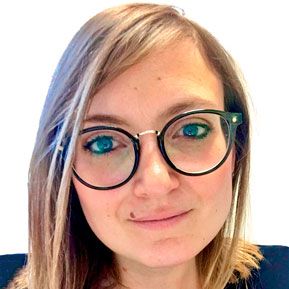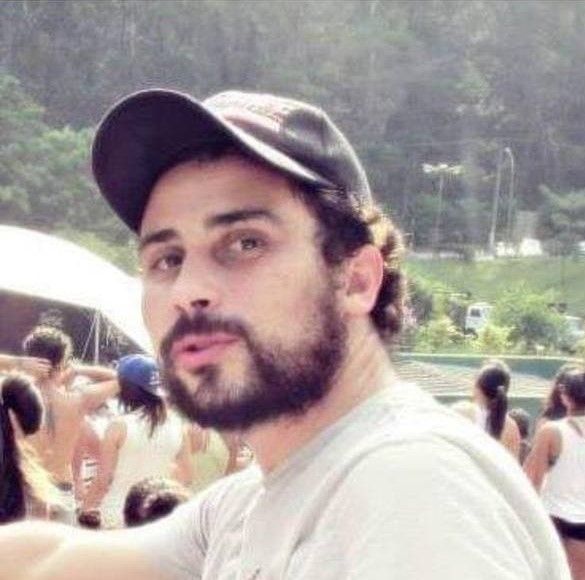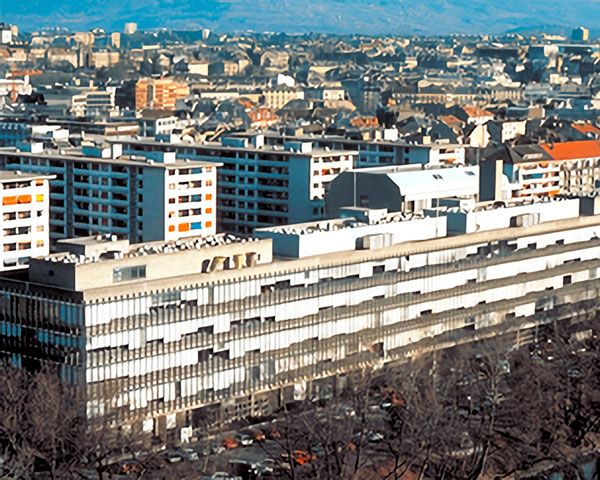Prof. Shlomo Magdassi is a professor of chemistry, at the Casali Center for Applied Chemistry, Institute of Chemistry and the Center for Nanoscience and Nanotechnology at the Hebrew University of Jerusalem, Israel. He is currently the head of the Functional and 3D printing center at The Hebrew University. His research focuses on formation, formulation and applications of micro and nanoparticles. These particles are used as active components in delivery systems, such as in pharmaceutics, and in functional inks, such as conductive inks for printed electronics, 2D, 3D and 4D printing. He is the author of about 300 publications (among them 4 in Nature family and one in Science family), about 20 chapters in books (H index = 52 ), and the editor of 4 books, two of them ate on printing and inks, including 3D. In addition to his scientific publications, he also has over 80 inventions (39 granted US patents, overall about 300 world wide applications) , which led to several products in the market.





























